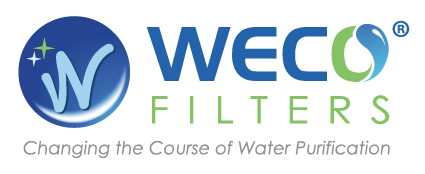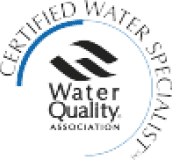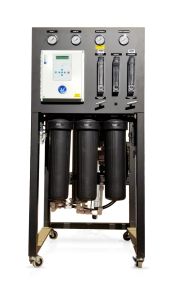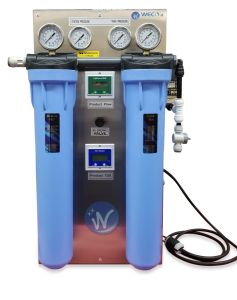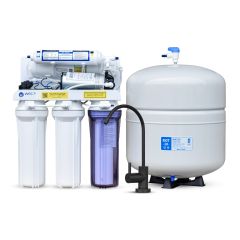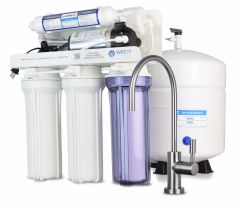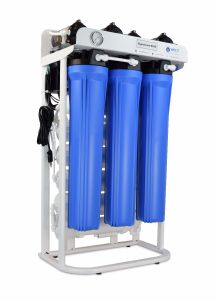
¡Hablamos Español!
Ask a Certified Water Specialist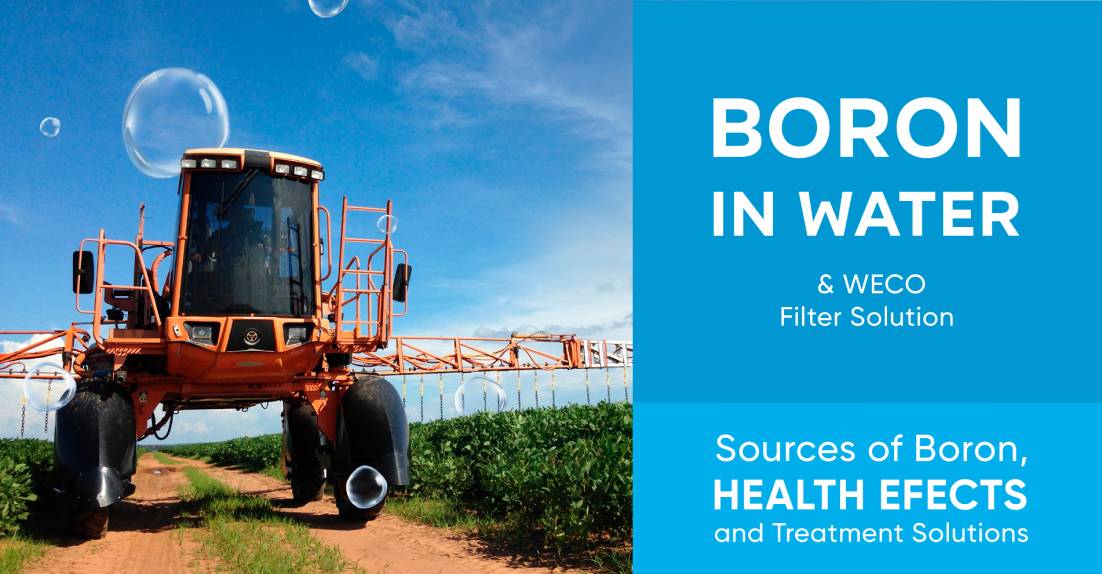
Boron in Water
The generic term “boron” refers to the boron content in boron-containing compounds and to elemental boron. In natural waters, boron exists primarily as boric acid and also borate ions. Naturally occurring boron is present in groundwater primarily as a result of leaching from rocks and soils containing borates and borosilicates. Fracking activities use borate salts that could contaminate groundwater. Boron compounds can leach into groundwater from pesticides, fertilizer runoff, sewage, and coal industries. Boron (Borax) is used in many household cleaning and laundry solutions. Highest boron concentration we have seen so far is from an irrigation well in the city of Cloverdale, California ZIP Code 95425 where the water analysis reported 120 mg/L of boron.
Elemental boron and borates in water is non-toxic to humans and animals unless consumed in extremely high amounts. Boron is suspected but has not been directly proven of being a trace nutrient in humans. Large doses (on the order of 20 mg/kg or more) can cause nausea and vomiting. Chronic low-level oral exposure causes developmental defects in animal subjects. Because boron in drinking water is tasteless and invisible, water supplies should be tested to determine its level.
Health Canada has proposed a maximum acceptable concentration (MAC) of 2 mg/L (2000 μg/L) for total boron in drinking water based on treatment achievability.
Boron-contaminated irrigation water can cause a toxic response to plants grown hydroponically. Recommended boron concentration for commercial plant nutrition is less than 1 ppm.
The best methods for removing Boron in drinking water are anion exchange filtration or a customized high rejection reverse osmosis system.
For industrial water treatment, anion exchange resin in the strong base form (OH-) can be used to remove boron from water. The regeneration process requires hydrochloric acid or sulfuric acid for regeneration to remove the boron from the resin. This method is not recommended for residential water treatment applications.
High boron concentrations can be treated with custom made WECO double pass reverse osmosis systems designed with high rejection membranes and high presure pumps (pre/post treatment may be needed). Contact us with your water analysis for a custom quote.
